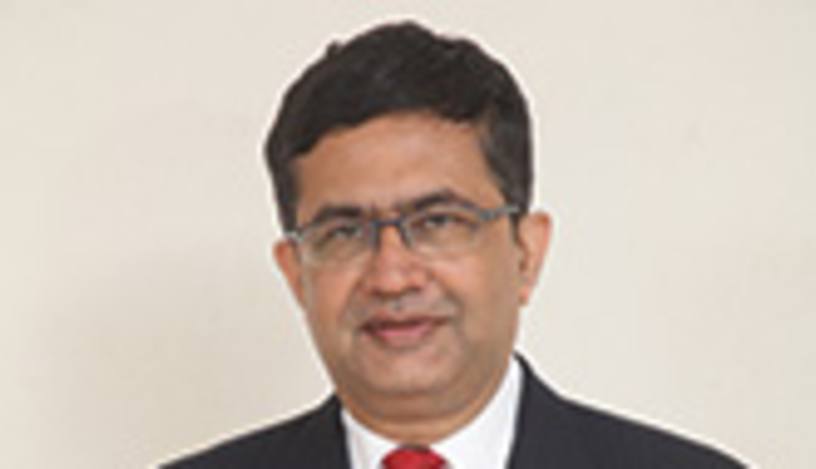Q. How would you rate Bombay Stock Exchange’s performance in a regional and global context?
A. Stock market performance depends on many factors; some of them are country specific, some are region specific, and some of them are global. The global market has run up quite a lot over the past two years, especially in the US and Western countries. And so India was expected to do well, but over the past two years it was not moving much because of the uncertainties related to the elections.
Since the new prime minister was nominated by his party, the market has started going up. Over the past year or so, India has seen a 40% increase in its index and that is a pretty good sign. I take it as a sign of faith in the new government.
Editor's choice
The second part [of the performance equation] is that Indian retail investors [have been] selling at every opportunity for the past seven or eight years… [implying that] Indian retail investors had less faith in the Indian stock markets than foreign institutional investors had. But over the past six months or so, we have seen Indian investors selling less, so in a sense you can say that they have developed more faith.
Q. Regarding the exchange itself, what do you think have been the most important developments in recent years and which innovations have you undertaken?
A. The exchange earlier was basically a single-product exchange focused on equities, and now it is able to offer trading in equity derivatives, currency derivatives, interest rate derivatives; it is also able to offer a platform for raising funds for small and medium-sized companies. Also [the exchange handles] mutual funds distribution, initial public offerings and ‘offers for sale’ [ie third-party sales of shares]. We have made it from a single, basic product exchange to a multiple product exchange. So, investors have a gamut of instruments available to them.
Another thing we have done is that the Bombay Stock Exchange was [previously] Bombay-centric. It is the largest exchange in the world in terms of number of stocks listed, with more than 5400 stocks; it is also the oldest in Asia, set up in 1875. So, it has a huge legacy and a huge heritage, but the distribution across India was not there.
We have had to take it out into every corner of India, and we are now present in more than 2000 locations in the country. But in India everything is so huge in terms of the number of people and the number of cities that, at the same time, 2000 is not sufficient, because India has 600,000 cities, towns, villages and localities, so we need to reach out much further.
Q. What is your outlook in terms of volumes and general performance for the next year or so?
A. The volumes have increased in the past year because of the upsurge in the stock market indices. But it is early days because, internationally after the crash in 2007-08, the equities market volume went down in all exchanges by 70% to 80%, and slowly exchanges are recovering depending on how their societies are coming back into the markets… For us, I think good days are ahead.
We don’t measure the exchange’s success in trading volumes specifically. We think that the exchange’s role is to channel the savings of the economy into productive capital. India's task for the next 20 years is to create jobs. India needs to create 15 million new jobs every year for the next 20 years. It is a huge task. In the modern world, the largest number of jobs are created by corporates; how do we become useful to the corporates in raising funds and ensuring they are following the best practices, not only for themselves but for their investors and their employees, and for society and all the stakeholders?
And so we tend to measure ourselves more on these parameters, rather than on volume alone. Volume is a good measure as it brings profitability, but if you are not able to become or stay relevant to the needs of the society – that is basically raising funds for the companies and also giving them ways to measure themselves to do what is correct for the society – then you wind up becoming irrelevant and the profitability may not remain. And so for the sustainability of profitability we believe we must try to stay useful by ensuring that the role that society has assigned to us, we perform to the hilt.












